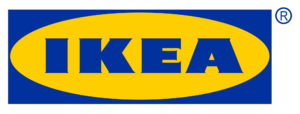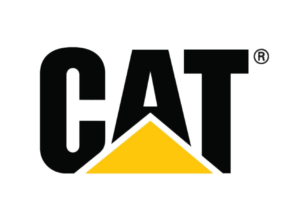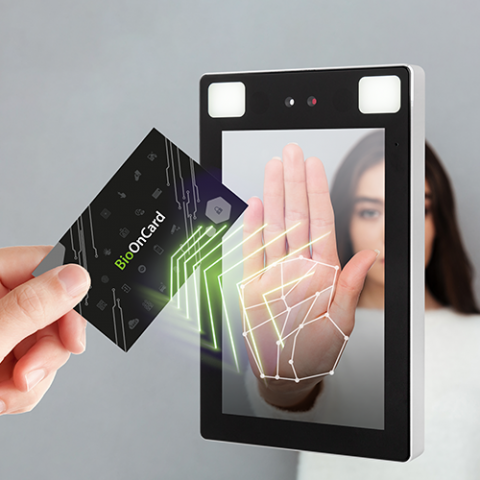Well-being at work and in life is our primary concern
We contribute to well-being in the workplace through our software solutions, time clocks and time management, security and access control, turnstiles, and our “health” offer of Hydrogénothérapie”, air purification sterilization and Co2 measurement.
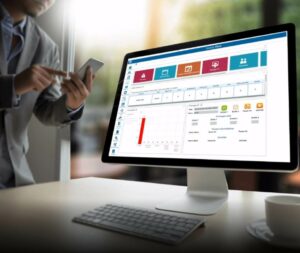
Time and attendance, clocking in and out and access management in constant evolution
Discover our wide range of time clocks and access control systems, time and attendance systems and our mobile applications for managing time clocks, schedules, attendance, access and planning.
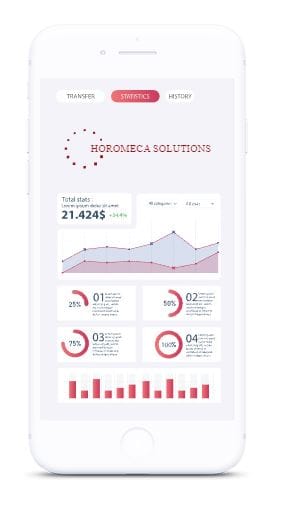
Customer service
From the definition of your needs to the implementation of your solution, our customer service is at your side.
Easy to use
Our applications are designed to be easy to use on all mobile devices.
Secure data
All your data is protected to ensure privacy in compliance with the GDPR
Customized and personalized solutions
Our tools are modular to best meet your needs.
Time and attendance, access control to organize teams, manage schedules and planning?
Find the right time management and clocking solution, attendance and access control system among our range of terminals, software and time clocks and air quality management solutions …
Schedule management
Access control
Metrology
Keep up to date with the latest news at Horomeca
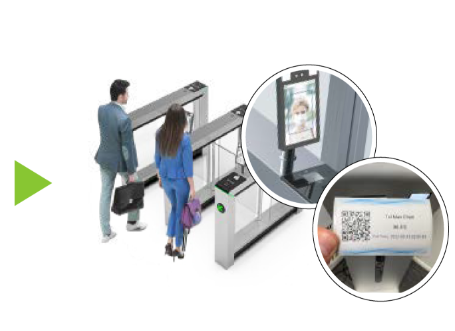
Optimize Working Conditions thanks to clocking “in” and “out”
Give your employees the opportunity to better manage their presence in the office and factory.
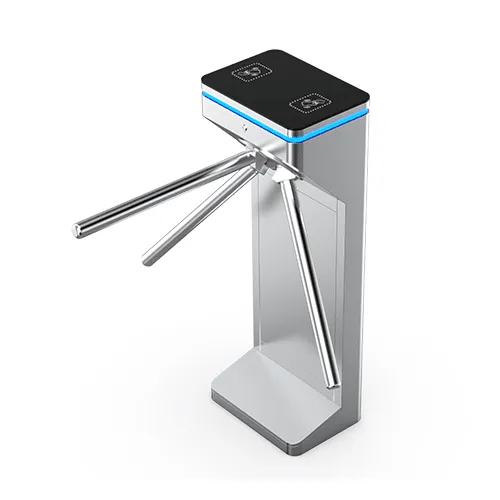
Turnstile tripod
“The tripod turnstile”, a perfect marriage between design and functionality, embodies elegance in the service of security. Its sophisticated design combines clean lines and quality
They trust us
“Horomeca” is a name, a brand, renowned in the clocking and industrial metrology since before the first world war. The company exists in its current form since 1994, and before either independently or as part of a larger group, it is committed to providing companies of all sizes, whether innovative or traditional, with the best solutions for managing daily time and attendance and access control and air quality or hydrgen technology.

